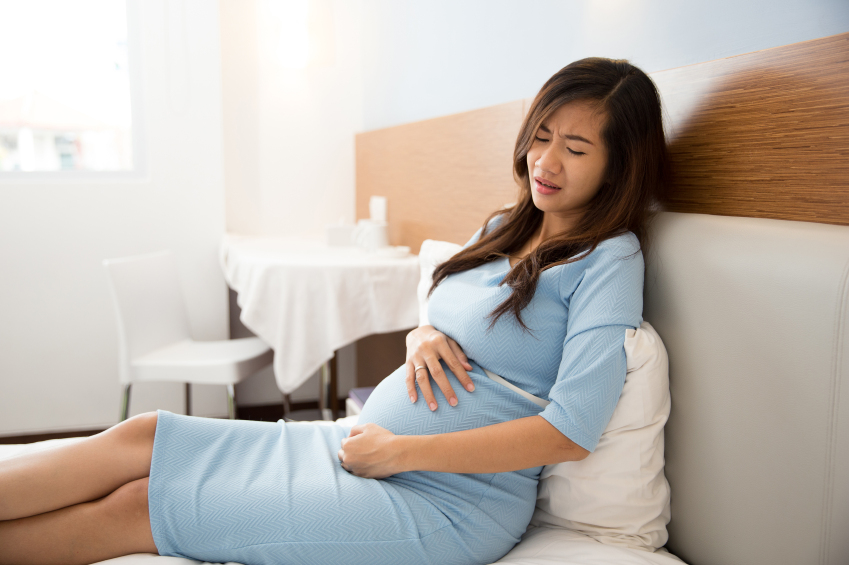You might not think women can get hernias because you most commonly associate them with groin hernias in men, but women can get them, too.
And not just in the groin, but in other places, as well, such as around your belly button, around your abdominal wall or in your stomach.
Women who are pregnant, in fact, are at an increased risk for developing a hernia – a bulge caused by tissue pushing through the muscle wall – because muscles tend to stretch, thin and weaken during pregnancy, according to the American Pregnancy Association.
Other risk factors for hernias can include being overweight or obese, having a family history of hernias, and certain medical conditions.
For groin (or inguinal) hernias, they also include being male.
“Men are more likely to get groin hernias than women because there tends to be a greater weakness in the connective tissues in that area of the male anatomy than women,” said Dr. Aleah Gibson, a family medicine practitioner with St. Elizabeth Physicians’ Aurora, Ind. office. “But women have the same general anatomy and can get them, too.”
Although hernias aren’t rare but also aren’t an everyday occurrence, you should know the signs, Gibson said: If you feel a pain in your groin or lower abdomen, or notice a bulge, it’s time to see your doctor.
Hernias that are mild and aren’t causing pain can be watched, she said, but hernias that are causing pain have to be surgically fixed.
“If a hernia is causing you pain and you don’t fix it, it can become a medical emergency,” Gibson said. “If it gets infected, it could rupture your bowel, and that’s a definite emergency.”
Hiatal hernias ““ or hernias in the stomach ““ in which part of your stomach pushes through your diaphragm, are the most common kind of hernias.

